Table of content
Curry, a beloved dish across continents, is a symphony of spices, aromatics, and textures. Whether it’s a fiery Thai green curry, a rich Indian butter chicken, or a hearty Japanese kare, the foundation of a great curry lies in its base—the aromatic blend of spices and ingredients fried to perfection. One of the most common questions among home cooks and aspiring chefs is: How long should I fry curry spices to achieve the ideal flavor and texture? This article delves into the science, techniques, and variables that determine the optimal frying time for curry, ensuring your dish is neither undercooked nor burnt, but bursting with complexity.
The Science Behind Frying Curry Spices
Frying curry spices is not merely a culinary tradition; it’s a chemical process that transforms raw, pungent ingredients into a fragrant, cohesive base. When spices like cumin, coriander, turmeric, and chili are heated in oil or ghee, they undergo the Maillard reaction—a reaction between amino acids and sugars that creates new flavor compounds. This process mellows harsh, astringent notes and unlocks deep, earthy aromas. Additionally, frying toasts whole spices, releasing essential oils that add layers of flavor.
However, timing is critical. Underfrying leaves spices raw and grassy, while overfrying introduces bitterness. The goal is to achieve a balance: spices should be fragrant, slightly darkened, and fully coated in oil without burning.
Factors Influencing Frying Time
The duration for frying curry varies widely based on several factors:
-
Type of Curry:
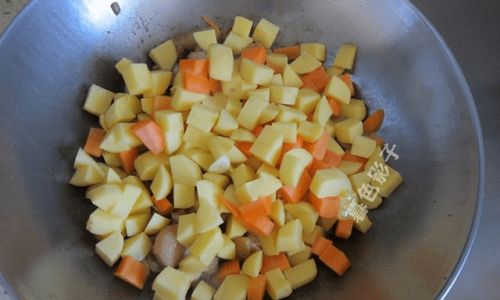
- Dry Spices vs. Wet Pastes: Ground spices (e.g., turmeric, cumin powder) fry faster than wet pastes (e.g., Thai curry paste). Wet pastes require longer cooking to evaporate moisture and concentrate flavors.
- Regional Variations: Indian curries often involve frying whole spices (e.g., cinnamon, cardamom) first, followed by aromatics like onions, garlic, and ginger. Thai curries typically start with a pre-made paste fried briefly to retain freshness.
-
Ingredients:
- Aromatics: Onions, garlic, and ginger need time to caramelize. Onions, for instance, may take 8–12 minutes to soften and golden, while garlic can burn quickly if not monitored.
- Proteins: Adding meat or tofu affects frying time. For example, browning chicken pieces before simmering adds 5–7 minutes to the process.
-
Heat Level:
- High Heat: Speeds up frying but risks burning spices. Best for quick-cooking pastes or pre-toasted spices.
- Low Heat: Allows gradual flavor development, ideal for complex spice blends.
-
Cook’s Experience:
Novices may err on the side of caution, underfrying spices. Seasoned cooks trust their senses (smell, sight) to gauge doneness.
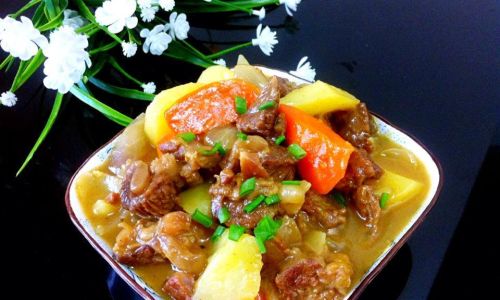
Step-by-Step Guide to Frying Curry Spices
Preparation
- Chop Aromatics: Finely dice onions, garlic, and ginger. Uniform size ensures even cooking.
- Measure Spices: Use fresh, whole spices if possible. Ground spices lose potency quickly, so adjust quantities if using older stock.
- Heat Oil/Ghee: Use a neutral oil (e.g., vegetable, coconut) or ghee for richness. Heat over medium-low to medium heat.
Frying Whole Spices (If Using)
- Timing: 30 seconds to 2 minutes.
- Method: Add whole spices (e.g., cumin seeds, mustard seeds) to hot oil. They should sizzle and pop immediately. Fry until fragrant but not blackened. Overcooking whole spices makes them bitter.
Sautéing Aromatics
- Onions: 8–12 minutes over medium heat. Stir occasionally to prevent burning. Onions should turn translucent and golden.
- Garlic/Ginger: Add 2–3 minutes after onions. Fry until fragrant but not browned (1–2 minutes). Burnt garlic turns bitter instantly.
Adding Ground Spices
- Timing: 1–3 minutes.
- Method: Sprinkle ground spices (e.g., turmeric, coriander, chili powder) into the oil. Stir continuously to prevent clumping. The mixture will thicken and darken slightly. If the spices stick, add a splash of water or broth.
Incorporating Wet Pastes (e.g., Tomatoes, Curry Paste)
- Tomatoes: Add after spices. Cook 5–7 minutes until pulpy.
- Curry Paste: Fry 3–5 minutes until oil separates (a sign of readiness in Thai curries).
Final Touches
- Proteins/Vegetables: Add now if using. Stir to coat in spice mixture.
- Liquid: Pour in broth, coconut milk, or water. Simmer to meld flavors (15–20 minutes for Indian curries, 10–15 for Thai).
Common Mistakes and How to Avoid Them
-
Burnt Spices:
- Cause: High heat or neglect.
- Fix: Use medium heat, stir constantly, and remove the pan from heat if spices smoke.
-
Undercooked Aromatics:
- Cause: Rushed cooking.
- Fix: Sauté onions until golden, not just translucent.
-
Clumping Spices:
- Cause: Adding spices to cold oil or not stirring.
- Fix: Ensure oil is hot before adding spices, and stir vigorously.
-
Bitter Aftertaste:
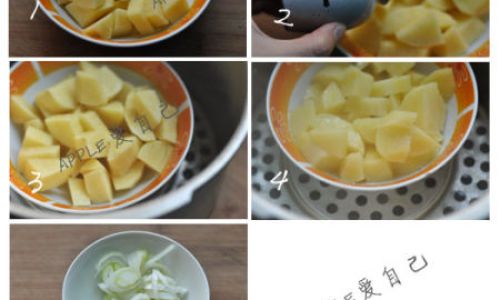
- Cause: Overcooked garlic or ginger.
- Fix: Add these later in the process.
Regional Variations in Frying Times
-
Indian Curries:
- Example: Chicken Tikka Masala.
- Process: Fry whole spices (1 min), onions (10 mins), garlic/ginger (2 mins), ground spices (2 mins), tomatoes (5 mins). Total frying time: ~20 minutes.
-
Thai Curries:
- Example: Green Curry.
- Process: Fry curry paste (3–5 mins) until fragrant, then add coconut milk and proteins. Total frying time: ~5–7 minutes.
-
Japanese Curry:
- Example: Kare Raisu.
- Process: Fry a roux block (pre-mixed spices and flour) for 3–4 minutes until golden.
Advanced Tips for Perfect Curry
- Toast Whole Spices Separately: For intense flavor, dry-roast spices before grinding.
- Use Fresh Spices: Ground spices lose potency after 6 months.
- Balance Fat and Acid: A splash of lime juice or vinegar after frying brightens flavors.
- Rest the Curry: Let it sit for 30 minutes post-cooking to meld flavors.
Troubleshooting Guide
| Issue | Cause | Solution |
|---|---|---|
| Bitter taste | Overcooked spices | Reduce heat; add sweetener (e.g., honey) |
| Raw spice flavor | Undercooked base | Extend frying time; use fresh spices |
| Oily curry | Insufficient simmering | Simmer uncovered to reduce liquid |
| Bland taste | Lack of umami | Add tomato paste or fish sauce |
The Role of Patience
Curry-making is an exercise in patience. Rushing the frying stage compromises flavor, while meticulous attention to sizzle, aroma, and color elevates the dish. Experiment with timing—start with recipes, then adjust based on your stove’s heat and ingredients. Over time, you’ll learn to “read” the curry by its scent and appearance.

Conclusion
The question “How long to fry curry?” has no one-size-fits-all answer. It depends on your ingredients, heat, and desired intensity. However, mastering the 15–25 minute frying window (for most curries) ensures spices bloom, aromatics caramelize, and flavors harmonize. Whether you’re a novice or a seasoned cook, remember: curry rewards patience. Fry with care, simmer with love, and savor the results.
Word Count: 1,545+
This article provides a comprehensive guide to frying curry spices, blending culinary science with practical advice. By understanding the interplay of time, heat, and ingredients, you’ll craft curries that delight the senses and honor this ancient culinary art.
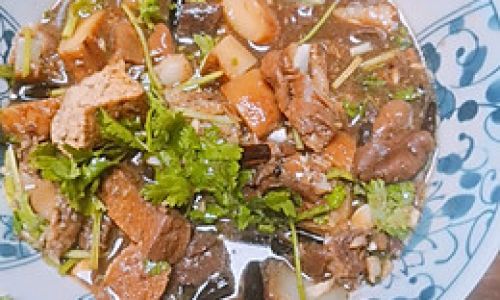
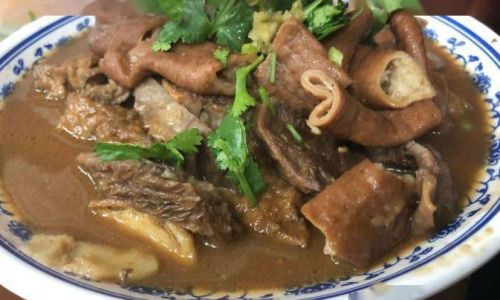
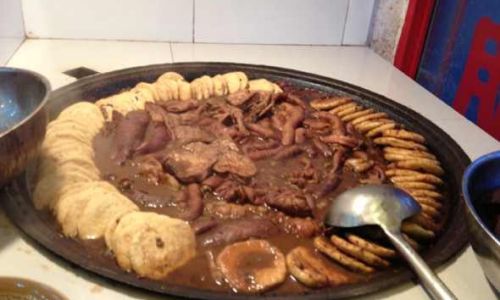

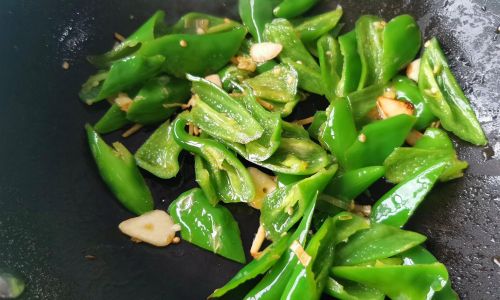
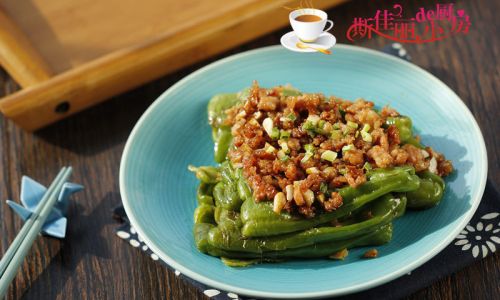
0 comments